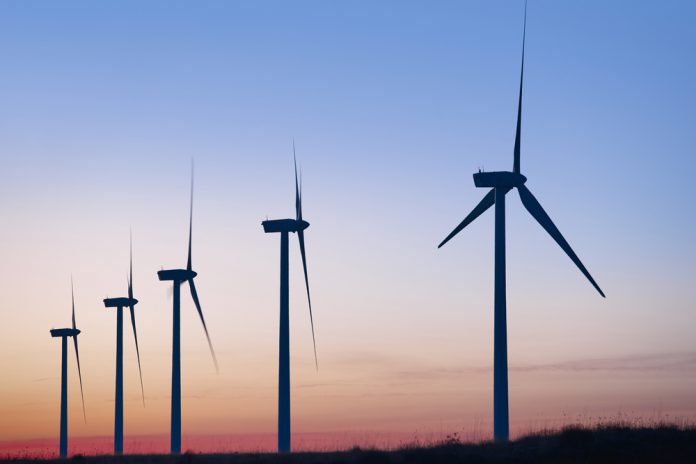For the first time ever, renewable energy generated from offshore wind farms will be cheaper than nuclear reactors.
Two firms have announced plans to build offshore wind farms for at a subsidised £57.50 per megawatt hour for 2022-23. This is in comparison the new Hinkley Point C nuclear plant, which has subsidies of £92.50 per megawatt hour.
Hugh McNeal, chief executive officer of RenewableUK, said: “We knew today’s results would be impressive, but these are astounding.”
“Record-breaking cost reductions like the ones achieved by offshore wind are unprecedented for large energy infrastructure.”
The newest turbines are nearly 200 metres high, with Emma Pinchbeck, from the wind energy trade body Renewable UK, adding that future turbines would likely be double the size.
However, those from the nuclear industry have said the UK will still be reliant on nuclear energy despite progress in offshore windfarms.
“It doesn’t matter how low the price of offshore wind is. On last year’s figures it only produced electricity for 36 percent of the time,” said Tom Greatrex, chief executive of the Nuclear Industry Association.
Minister for Energy and Industry Richard Harrington said: “We’ve placed clean growth at the heart of the Industrial Strategy to unlock opportunities across the country while cutting carbon emissions.
“The offshore wind sector alone will invest £17.5bn in the UK up to 2021 and thousands of new jobs in British businesses will be created by the projects announced today.”
Michael Grubb, from University College London, said the higher subsidies were “a huge step forward in the energy revolution”.
“It shows that Britain’s biggest renewable resource – and least politically problematic – is available at reasonable cost.
“It’ll be like the North Sea oil and gas industry: it started off expensive, then as the industry expanded, costs fell. We can expect offshore wind costs to fall more, too,” he added.

